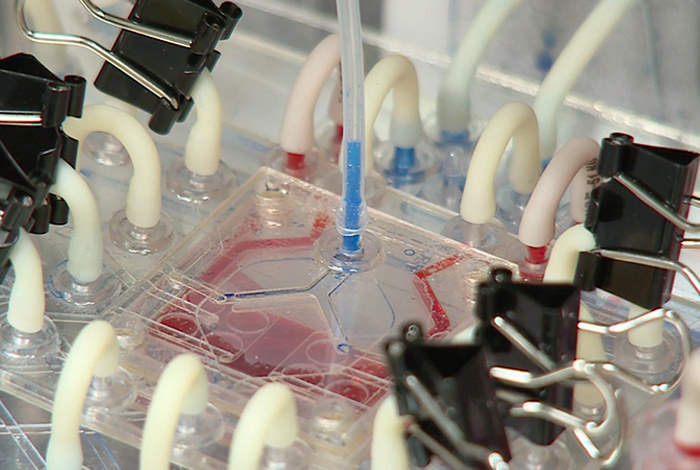
Scientists at Los Alamos National Laboratory are developing a miniature,
«We breathe in and out thousands of times every day. And while we have control over what we eat or drink, we don’t always have control over what we breathe in," said Jennifer Harris of Biosecurity and Public Health at Los Alamos, «and so we’re making this miniature lung to be able to test on actual human cells whether something in the environment, or a drug, is toxic or harmful to us.»
Nicknamed «PuLMo» for Pulmonary Lung Model, the device consists of two major parts, the bronchiolar unit and the alveolar
«When we build our lung, we not only take into account the aspects of different cell types, the tissues that are involved, we also take into account that a lung is supposed to breathe, so PuLMo actually breathes," said Pulak Nath of Applied Modern Physics, who leads engineering efforts for the project.
The most exciting application of PuLMo is a potentially revolutionary improvement in the reliability of
The PuLMo may also be designed to mimic lung disease conditions, such as Chronic Obstructive Pulmonary Disease (COPD) and asthma, and may be used to study lung
Major funding for the PuLMo project is provided by the Defense Threat Reduction Agency. PuLMo is part of the larger ATHENA program to design an integrated, miniaturized surrogate human organ system that includes the heart, liver, lung and kidney.
«It has been an extremely exciting project. Every day we are facing new challenges and every day we are coming up with solutions to address those challenges," said Nath.
Source: http://www.lanl.gov/discover/news-release-archive/2016/April/04.25-human-pulmonary-function.php


